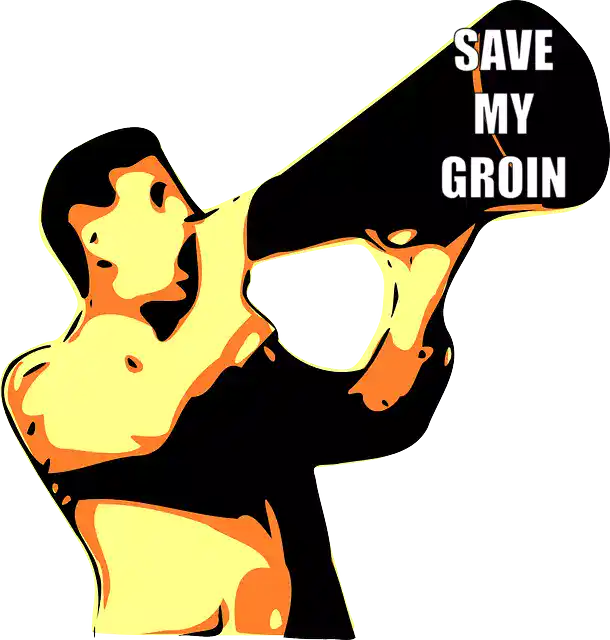Constipation can stop the peaceful life of the human and the groin in itself. What are the causes? How can you bring joy back to the groin?
Feeling the Pain
Groin pain after constipation can manifest itself in various ways. Some patients report a dull and continuous ache, whereas others feel sharp, sporadic twinges. This pain can be heightened during activities that involve straining, be it defecation or even certain physical movements like lifting heavy objects or engaging in high-impact exercises.
The Underlying Causes
Chronic constipation can cause additional groin pain due to two primary reasons. First, it could result in a hernia, a condition where an internal organ or tissue bulges through weakened or torn muscles. Second, the strain associated with difficult bowel movements can cause tearing of muscles in the groin area.
Similarly, bloating, which refers to the feeling of pressure in the abdomen or visibly distended abdomen, can also cause parallel symptoms. When these symptoms present simultaneously with groin pain persistently, it’s vital to reach out to a medical professional.
Possible Dangers and Associated Symptoms
Persistent groin pain after constipation could be indicative of an underlying medical issue. Pain that arises from prolonged standing or straining during defecation aligns with a possible hernia. Conversely, pain present at the onset of walking or straining activities leans more towards a muscle, ligament, or joint problem or a sports hernia. The improvement of this pain with walking or activity also points to muscle ligament or joint problem.
One must also check for possible complications like a bulge in the groin, which could indicate a hernia, or significant nocturia – frequent urination during the night. If there’s pain in the perineal or scrotal area along with groin pain, it could be due to a urologic issue.
Addressing the Pain: Medicines and Lifestyle Adjustments
Relieving groin pain post-constipation mainly involves treating the underlying cause. For instance, if a hernia is the cause, medical or surgical interventions might be necessary.
It’s also important to manage chronic constipation to ease the associated symptoms. Home remedies like increasing dietary fiber, staying hydrated, and regular exercise can assist in this. Over-the-counter remedies, such as laxatives, can also be used, but always under a healthcare provider’s guidance.
If a muscle, ligament, or joint problem is the reason, then physiotherapy and exercises for strengthening the area might be beneficial. Pain medications, both prescription and over-the-counter types, can also offer relief.
Maintaining good body mechanics, like proper lifting techniques and maintaining good posture during activities, can help prevent muscle strains and subsequent groin pain.
Conclusion
While groin pain after constipation can be uncomfortable and distressing, understanding its causes and ways to alleviate it can go a long way in managing the discomfort. Always consult with a healthcare professional to obtain an accurate diagnosis and effective treatment plan.
About the Author
Reyus Mammadli is the author of this health blog since 2008. With a background in medical and biotechnical devices, he has over 15 years of experience working with medical literature and expert guidelines from WHO, CDC, Mayo Clinic, and others. His goal is to present clear, accurate health information for everyday readers — not as a substitute for medical advice.







